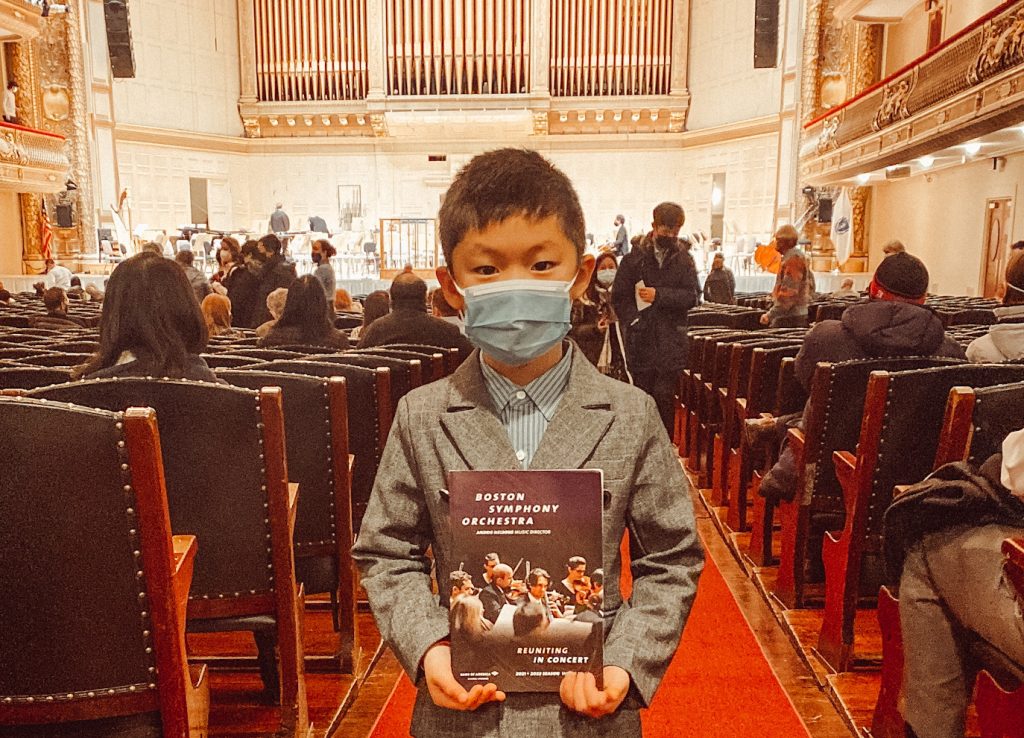A Preview Piece is a piece for which a student has a preview (a difficult or technical spot in a new piece that we begin learning in advance of playing the piece in musical phrases.) While the students aren’t yet playing melodies or phrasing in a way that sounds musical to our ears, they are technically “working on” that piece, which helps keeps them excited and motivated. An example would be learning just the “minuet 1” spot before playing from the beginning of the piece.
A Working Piece is the newest piece that a student is playing in phrases, in a tempo (usually, but not always, from the beginning.) Although we may not be able to finish the piece or the phrase, and although the tempo might be very slow, what distinguishes a working from a preview is that we are making musical phrases in tempo, not just technical problem-solving.
A Polishing Piece is a piece that a student can play in a tempo from beginning to end. It may have slight hesitations in rhythm, wrong bowings, notes, rhythms, fingerings, or other elements. The student may need to read the part, if applicable, or need other aids to memory (words, or singing snippets of music.) This is the stage when the student learns to integrate all of the various skills and information needed to play a piece.
A Polished Piece is one where tempo, notes, rhythms, fingerings, bowings, dynamics, and phrasing are executed correctly from memory. In some cases with more advanced students (book 4+,) memorization takes a longer time, and in this case the music can still be used.
A Review Piece is simply a polished piece that is not the most recent. This is the stage of preparation needed for a recital performance. As more repetitions accumulate, the piece can be played in an increasingly plastic manner, first adding more dynamics and expression, and then changing fingerings, playing in upper positions (eg. 3rd position) or even meter, key, and style.
